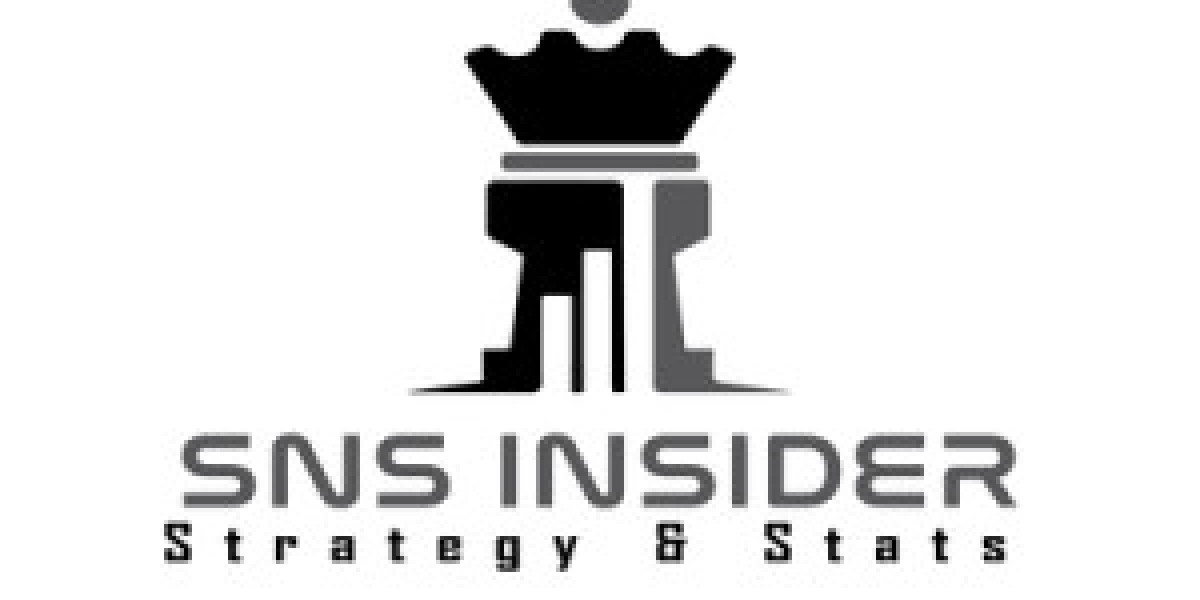Originally published by Quantzig: Effective Steps in Market Segmentation-Best Plan for Business
Introduction: Navigating Market Segmentation for Business Excellence
In today's dynamic business environment, market segmentation is a cornerstone strategy for companies aiming to effectively engage their target audiences. This approach involves dividing and categorizing the target market based on various demographics, psychographics, and other defining characteristics. But why is market segmentation essential for your company?
The significance of market segmentation lies in recognizing that customers perceive their needs as unique. While meeting every individual expectation is impractical, efficient market segmentation allows businesses to focus their efforts on segments they can most effectively serve, ultimately maximizing sales by targeting fewer but more receptive audiences.
This comprehensive guide explores the critical benefits of market segmentation for businesses of all sizes, emphasizing how it leads to increased sales and customer satisfaction. We delve into the essential steps to formulate an effective market segmentation plan, ensuring that your business not only meets but exceeds the expectations of your chosen market segments.
Steps in Market Segmentation Guide
Embarking on market segmentation requires a strategic approach, blending analytical insights with a deep understanding of customer behaviors and preferences. Here's a detailed guide on the essential steps to formulate an effective market segmentation plan for your business:
- Determine Your Target Segment’s Needs
The foundation of market segmentation lies in identifying and understanding the specific needs, values, beliefs, and lifestyle choices of your target segment. This step involves an in-depth analysis of customer behavior, ensuring that your segmentation is as personalized and effective as possible.
- Choose the Type of Segmentation
Decide the type of segmentation to employ – demographic, psychographic, behavioral, or geographic – based on factors like age, gender, income, lifestyle, and location that predominantly define your target market.
- Evaluate Profit Prospects
Assess which target segment offers the most lucrative opportunities based on profitability, customer loyalty potential, and stability.
- Keep Expansion Plans Ready
Ensure that the chosen segment has the potential for future growth and adaptability to new market trends and demands.
- Incorporate Marketing into Segmentation
Integrate your segmentation strategy into broader marketing and sales initiatives by creating targeted communication, demographic-specific advertising, and marketing campaigns.
Customer Segmentation: Tailoring Strategies for Targeted Impact
Effective customer segmentation allows businesses to tailor their marketing strategies with precision, ensuring that the right message reaches the right audience. It involves dividing customers into segments based on shared characteristics, behaviors, or attributes, such as lifestyle, personality, beliefs, and values.
Conclusion: Mastering Market Segmentation for Business Excellence
Mastering market segmentation is essential for businesses striving to excel in today's competitive landscape. By understanding their customers deeply and tailoring their offerings and strategies accordingly, companies can drive growth and profitability. Embracing market segmentation means embracing a future where your business is more connected with its customers, more agile in its market responses, and more adept at turning challenges into opportunities.
Contact us for tailored solutions








